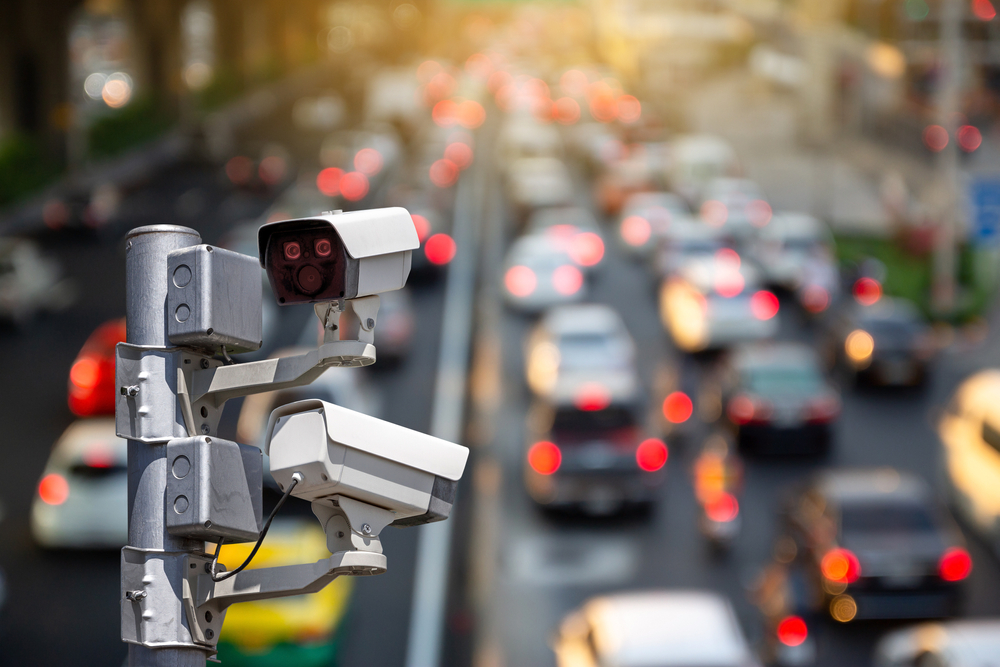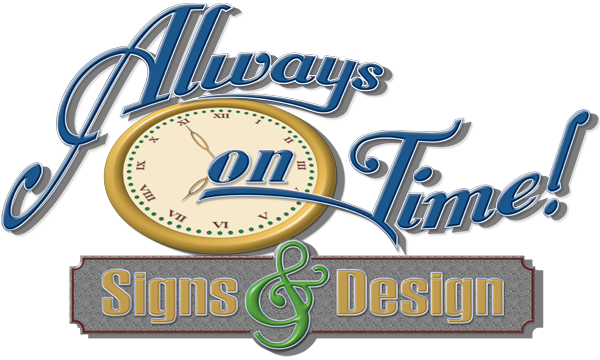
Traffic control devices are vital in maintaining order and safety on our roads. These devices, such as signs, signals, and road markings, are important tools to reduce accidents and ensure the well-being of road users. This article will explore key ways traffic control devices help prevent accidents and create safer road environments.
Visual Cues and Instructions
Traffic control systems significantly increase road safety by giving drivers clear visual cues and directions. These markers, signals, and signs also efficiently communicate important details like lane usage, intersections, turns, and potential dangers. As a result, motorists are better equipped to make wise decisions on the road by considering the available information. With this information, drivers may adapt their actions to the circumstances, guaranteeing legal compliance and adopting safer driving practices.
Regulating Traffic Flow
Traffic flow is regulated by traffic control devices encompassing lights and signs. These devices have the essential task of efficiently managing traffic flow at intersections and along various highways. By providing clear rules for drivers to follow and determining the right-of-way assignment, they significantly diminish disagreements and mitigate the potential for accidents resulting from collisions or hazardous actions.
Here’s how traffic control devices contribute to this process:
- Traffic signals: Also referred to as traffic lights, they control vehicle movement by assigning green, yellow, and red signals to different directions of traffic. They offer clear directives to drivers about when to stop, yield, or proceed, thus effectively regulating vehicle interactions and enhancing overall safety.
- Traffic signs: These signs provide crucial instructions, such as stop signs, yield signs, and one-way signs, assisting drivers in navigating intersections and roadways safely. They communicate priority, establish right-of-way, and inform drivers about specific rules and restrictions.
Worksafe Traffic Control Industries, a notable player in this industry, is particularly renowned for the high-quality traffic signals and signs we provide. Our products offer clear guidance and enable drivers to make informed decisions. Additionally, our signs are certified to meet the MUTCD standards.
Speed Management
Traffic control systems play an important role in effectively managing and controlling speed, which is crucial for reducing accidents on the road. These systems encourage drivers to adopt safer driving habits and lower the chances of collisions. Commonly used devices include speed humps, speed restriction signs, and radar speed display signs.
Speed restriction signs guide drivers by indicating the maximum speed allowed on the road, which helps prevent accidents caused by speeding. Speed bumps and radar speed display signs are also essential for speed control. In areas with many pedestrians, such as residential and school zones, speed humps and raised sections on the road surface are strategically placed to slow down drivers. On the other hand, radar speed display signs use radar technology to detect a driver’s current speed and display it, serving as a clear reminder to reduce speed when necessary.
Separation of Traffic
Safe and efficient transportation on multi-lane roads and highways necessitates effective traffic separation, a role adeptly fulfilled by traffic control devices. These devices not only organize the flow of vehicles but also mitigate the risk of accidents stemming from improper lane usage. Specific devices include:
- Lane markings: Symbols like solid lines, dashed lines, and arrows mark boundaries and directions for each lane, aiding drivers in maintaining their position on the road. This clear lane demarcation minimizes collisions due to vehicles veering into adjacent lanes or executing unsafe maneuvers.
- Barriers and dividers: These physical structures, including concrete barriers, guardrails, or raised medians, separate lanes and regulate traffic. They prevent head-on collisions and minimize sideswipes, providing a clear visual guide for correct travel paths.
Warning and Advisory Signs
Warning and advisory signs are crucial for traffic control devices to alert drivers about potential road hazards. These signs serve as important warnings, notifying drivers about dangers like sharp turns, curves, pedestrian crossings, and challenging conditions like icy roads. Their purpose is to effectively convey these hazards, enabling drivers to modify their behavior and take necessary precautions, ultimately reducing the likelihood of accidents.
For instance, sharp turn and curve warning signs are strategically positioned before road sections where the path abruptly changes direction. These signs inform drivers to anticipate the upcoming shift in the road and maintain control of their vehicles accordingly. Pedestrian crossing signs are another essential element, notifying drivers about areas where pedestrians frequently cross the road. These signs remind drivers to exercise caution and be attentive to pedestrians.
Furthermore, signs indicating slippery road conditions, construction zones, or other potential hazards emphasize the importance of increased vigilance. They provide drivers with vital information about upcoming challenges, prompting them to adjust their driving behavior accordingly. This may involve reducing speed or increasing following distances.
Channelization and Guiding
Traffic control devices are vital in channeling and guiding traffic, a key element for safe and efficient navigation through complex or congested areas. These devices provide clear directions, reducing confusion and mitigating the risk of accidents from erratic driving behaviors. Entrance and exit ramp signs are crucial, channeling traffic onto and off highways and freeways. By providing clear indications of upcoming ramps, drivers can anticipate necessary lane changes and execute proper merging or exiting maneuvers, maintaining a smooth traffic flow and minimizing collision risk.
Final Thoughts: The Pivotal Role of Traffic Control Devices
Traffic control devices are indispensable tools for reducing accidents and ensuring the safety of road users. Organizations must prioritize investing in these traffic control measures and ensure ongoing maintenance and evaluation. By doing so, we can create safer roads, save lives, and foster a more secure and efficient transportation system for everyone.
Worksafe Traffic Control Industries is a competitive provider of superior traffic control solutions, promising a swift 7-day turnaround on orders. As a proud women-owned business, we bring diversity and inclusion to the forefront of their operations. Choose Worksafe Traffic Control Industries for reliable, high-quality traffic control devices to prioritize road safety today.

